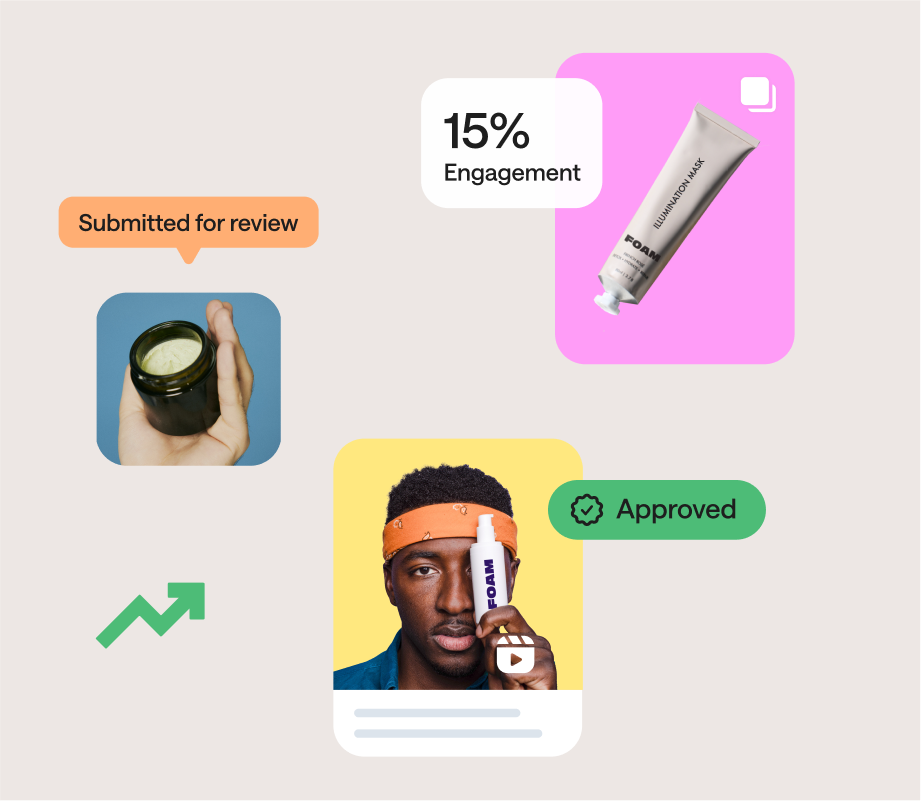Bernard Arnault began the year being one of the greatest fortunes in the world thanks to his luxury fashion empire, which includes brands such as Louis Viutton, Dior, Tiffany & Co, Moët & Chandon, Dom Perignon and Tag Heuer. The sum of factors such as the fall in luxury consumption in China or the cooling of the consumption of luxury goods after the rampage of the pandemic, has shaken the entire sector in 2024. As a consequence of this fall, Bernard Arnault has lost more of 52,000 million in recent months.
However, not the entire luxury sector is in the doldrums. In fact, according to a report by the consulting firm Bain & Company, it highlights that there is an extreme luxury sector that is recording the best data in recent years: that of yachts, supercars and private jets.
The slowdown in luxury consumption. According to data from the Bain & Company report, the luxury sector has shown signs of slowdown in 2024, with respect to the growth of luxury fashion items experienced after the pandemic. In 2024, global spending on luxury goods is expected to reach almost €1.5 trillion, representing an estimated growth rate of between -1% and 1% year-on-year compared to 2023.
Around a quarter of all this spending in the luxury industry (363 billion) corresponds to clothing items, bags, glasses or perfumes. “Luxury consumers globally, facing macroeconomic uncertainty and constant Price increases among brands, are reducing their consumption of discretionary items,” highlights Claudia D’Arpizio, partner at Bain & Company and head of Fashion and Consulting Luxury.
The “millionaires” crisis in China. China is one of the main markets for luxury brands. According to LVMH’s annual results, China and Asian markets represent 31% of the total revenue of Bernard Arnault’s luxury business conglomerate.
The Chinese real estate crisis and the subsequent credit crisis that it produced have caused a “great extinction” in the number of millionaires in China, as reflected by the Hurun Millionaire Index. This uncertainty has caused containment in the consumption of imported luxury goods by millionaires and the wealthiest sectors. “50 million luxury consumers have chosen to leave the luxury goods market or have been forced to leave it in the last two years. This is a signal to brands that it is time to readjust their value propositions,” he notes. D’Arpizio, one of the authors of the report.
The alcohol crash. Being a group with such a large variety of luxury products allows us to observe LVMH data as a thermometer of the luxury sector, since its different divisions leave a fairly clear photograph of which sectors are more or less affected by the decline in the price. consumption of luxury products. In the case of the Arnault family firm, wines and spirits, which registered a drop of 8% in the first three quarters of 2024.
According to data from the Bain & Company report, this market represents total sales estimated at 99,000 million annually, but the price scale has put this type of product in the pillory, leaving it far from the reach of those aspirational customers. Added to this is the arrival of a generation Z with less habit of consuming alcoholic beverages. According to a report by the UK consultancy KAM, 65% of young people from Generation Z in the United Kingdom choose to limit alcohol consumption to designated events and celebrations.

More yachts than ever. Yachts have always been associated with millionaires and great fortunes. But the need for isolation and privacy that the pandemic brought to the table made many wealthy clients want to have their own yacht. That triggered demand and still maintains its momentum. According to data from The Superyacht Group cited by The EconomistIn 2021, some 6,270 yachts were registered worldwide, while by 2032 this type of vessel is expected to exceed 7,000 units. In the Balearic Islands alone, this sector moves a business volume of over 1,000 million dollars.
High-flying luxury. According to data from Statista, the private jet market will reach $19.14 billion in 2023, which represents an annual increase of 3.34%, and has been growing at this rate since 2022. Regulatory changes due to environmental issues have encouraged millionaires renew their fleet of private planes with some 764 deliveries planned in 2024.
Super sports and super tuned cars. Another sector that the luxury goods crisis has not reached is that of luxury car manufacturers, which maintain an upward trend in the number of units sold. Ferrari sales data indicate that the number of units shipped has almost doubled in the last decade. In 2015, it sent a total of 7,664 units to its distributors, while in 2023 there were 13,663 units, growing in all markets except China.
However, the most striking thing is not only that sales of these luxury supercars are increasing. Manufacturers have found to get the most out of each sale by offering customization alternatives that increase the final purchase price. According to Alessio Soligo, head of sales for Southern Europe at Lamborghini, “Every customer wants their suit tailored. Above all, for supercars, customers want to be able to personalize their car and Lamborghini offers them a wide range of possibilities. to achieve it.” In exchange, the price of your car can double its original price as it becomes an exclusive unit.
In WorldOfSoftware | How Louis Vuitton makes money: from unattainable luxury to massive luxury
Imagen | Ferrari, Princess Yatchs, Gulfstream






/cdn.vox-cdn.com/uploads/chorus_asset/file/24924650/236780_Google_AntiTrust_Trial_Custom_Art_CVirginia__0000_4.png)




